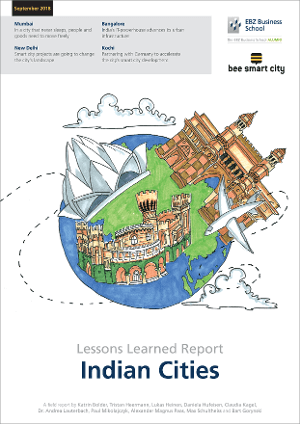
Lessons Learned Report: Indian Cities
Real Estate meets Smart Cities
LESSONS LEARNED REPORT:
INDIAN CITIES
With its Smart Cities Mission, India hopes to generate a co-operative urban development model that can be adopted and replicated elsewhere. The following report considers the Indian smart cities market from a real estate point of view, combining market lessons learned with personal career and management lessons learned by Indian market professionals.
As of 2017, 33% of India’s total population was living in urban areas. As the cities provide the bulk of the country’s GDP, the search for economic opportunities leads ever-larger numbers of people to migrate toward these areas. With a total population of 1.35 billion people and a growth of around 1.1% per year, this rapid trend toward increased urbanization presents a challenge in terms of maintaining a good quality of urban life in India.
Download this Special Report about Indian Smart Cities and Real Estate!
Download the Lessons Learned Report Indian Cities
Register now and get the Lessons Learned Report Indian Cities via email right into your inbox.


